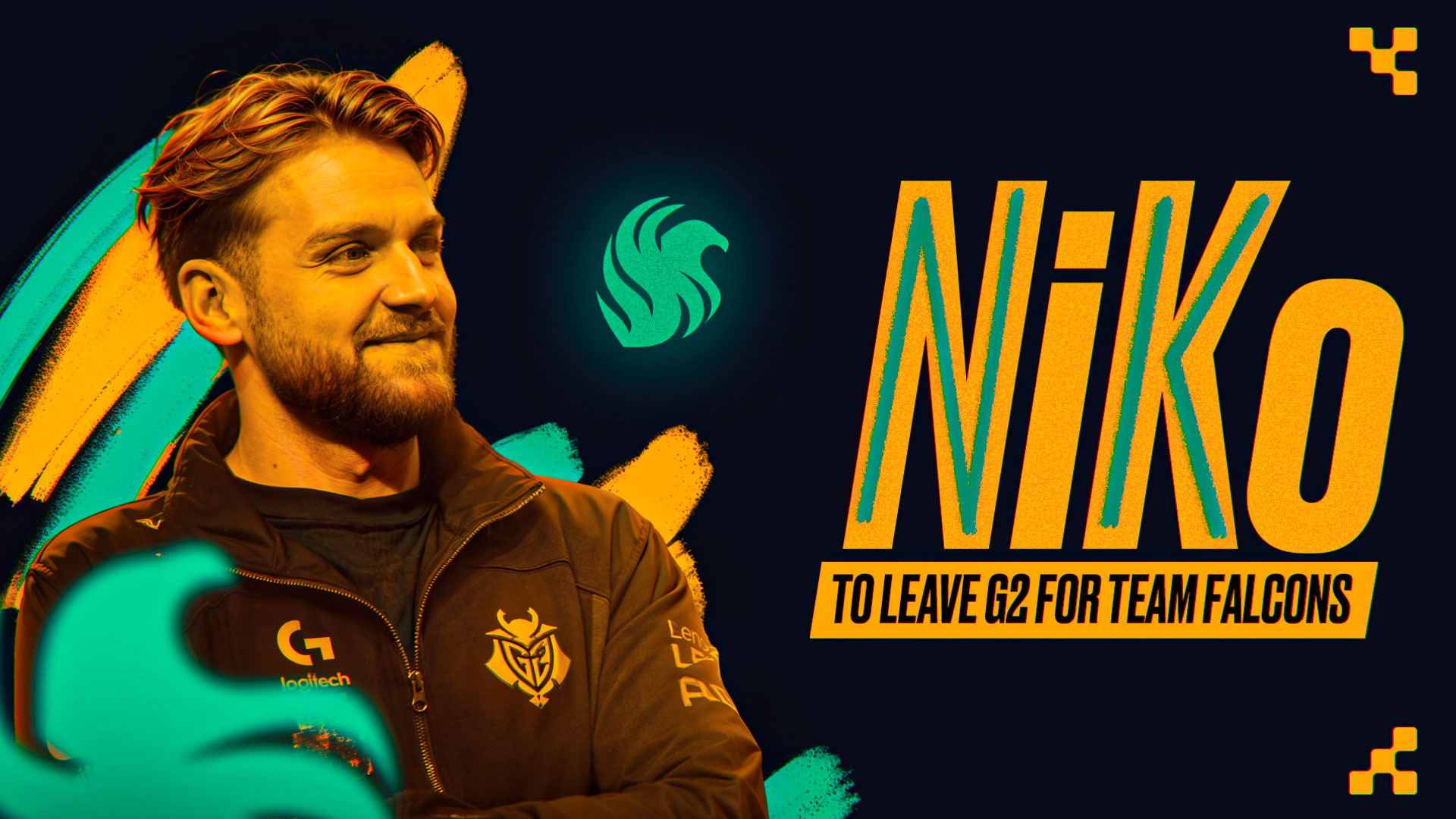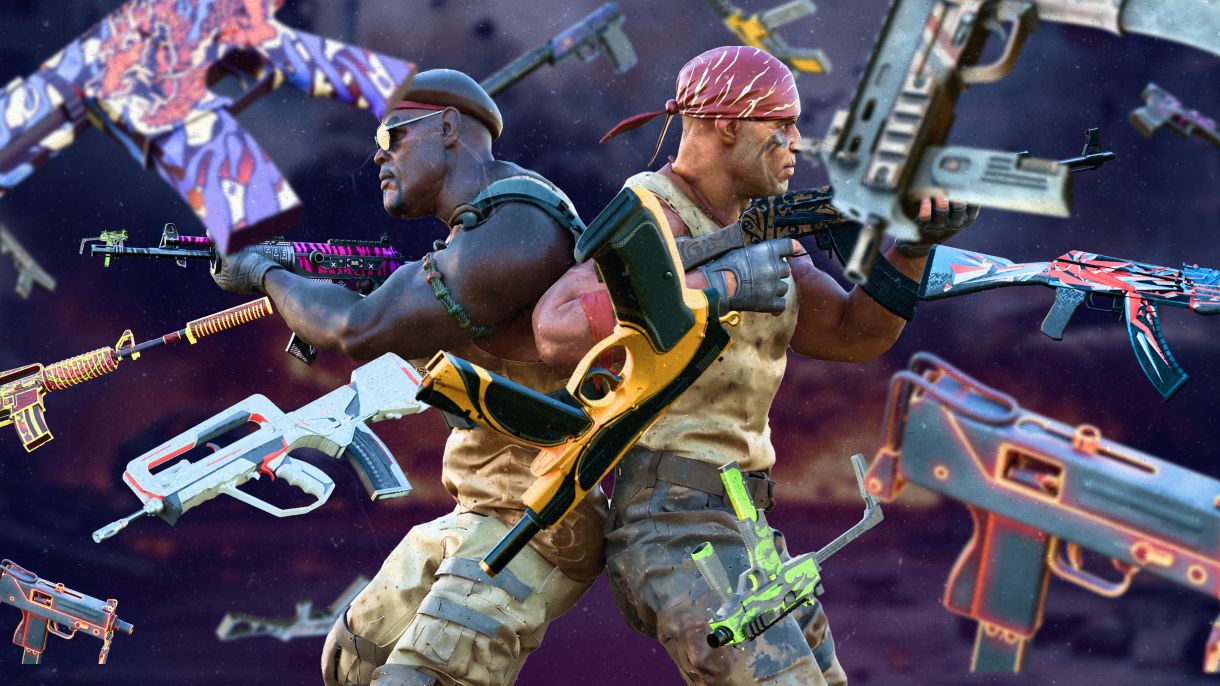CS:GO Majors: the road so far

It’s been almost 9 years since the first ever CS:GO Major. The road from Jönköping to Rio de Janeiro has been long, bumpy at times, but mostly, spectacular. And full of epic moments that were written in the esports history book (if there is one). Let us introduce you to some of them!
The first Major

Esports in general got its big breakthrough in 2011 with the introduction of The International. Valve put in a lot of work (and money) to make sure that its newly developed game, Dota 2, got enough attention. After the success of TI, it was just a matter of time for another one of Valve’s games to get a world championship. And it was CS:GO with DreamHack Winter 2013.
By that time, DreamHack had been around for about a decade, so it was an obvious choice. All the best teams in the world gathered in Jönköping to clash for glory and money. Although, the Major prize pool wasn’t that big: only $250,000, literally 10 times less than the prize pool of TI3 just a couple of months earlier. But that tournament wasn’t about making money, it was about making a point. It was a promise. A promise that the CS:GO scene was a real thing and people could consider making a career out of it.
Million dollar tournament

First Majors were held exclusively in Europe: Sweden, Poland, Germany, Romania. Which made sense, given that Europe had the best teams and the most invested audience. And even though the industry kept growing, the prize pools remained untouched. The contrast with TI’s ever-growing prize pool was striking. Things changed in 2016.
Not only was MLG Columbus 2016 the first Major in the USA, it also had a solid $1,000,000 prize pool! The US Major was a sign of changes to come: bigger scale of events, more money, more fun! If the first Major was a promise, that one was its fulfillment.
The age of Astralis

“Dynasty” team is a pretty well-known concept in big sports. This term refers to a team that managed to win several consecutive championships and dominated the scene over a long period of time. Pretty much every major league across the world has one: The Bulls in the NBA, The Patriots in the NFL, Real Madrid in European Football. But for whatever reason, CS:GO lacked a dynasty for a very long time. Until Astralis came along.
The Danes won their first Major in 2017. But over the course of the next year their results had gone downhill, to the point where they were forced to make roster changes. Some even considered Astralis to be a one-trick pony.
Their comeback was swift and triumphant. In 2018/19 they won 3 Majors in a row, becoming the first ever dynasty in CS:GO history. To this day, 4 out of 5 top earning players in CS are Astralis’ golden boys: dupreeh, Xyp9x, dev1ce, and gla1ve. And you can surely guess the one who got between them and Magisk in the top earners rankings.
Eventually, their reign came to an end due to several reasons, with health issues and global pandemic being among them. But this team has become a yardstick by which every other dynasty will be measured.
Pandemic and after
Coronavirus sucked. Such a long period of time without LAN-events, and the isolation of all the regions from each other led to stagnation. Online matches were repetitive, and, frankly, meaningless. The teams played just for the sake of playing, and having somewhat of a competitive practice.
More than two years separated the Berlin and Stockholm tournaments. And when the Majors eventually returned, it was a banger: a whopping $2,000,000 prize pool was at stake! But most importantly, the games managed to live up to the expectations. The biggest highlight of that Major would be NAVI making history with their phenomenal 10-0 streak. No other team has previously managed to clean-sweep a Major!
***
The story continues. This Fall we will see the top-tier teams in action once more. Who will take home the big trophy this time?








































